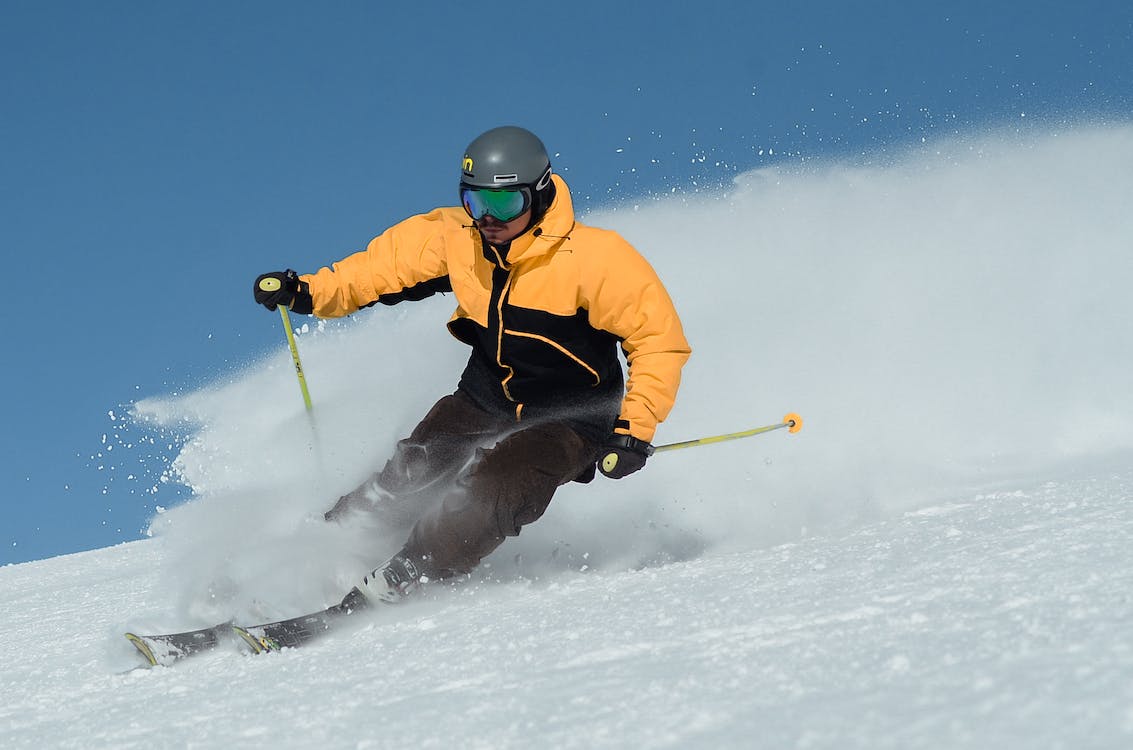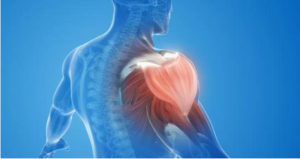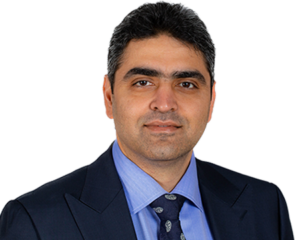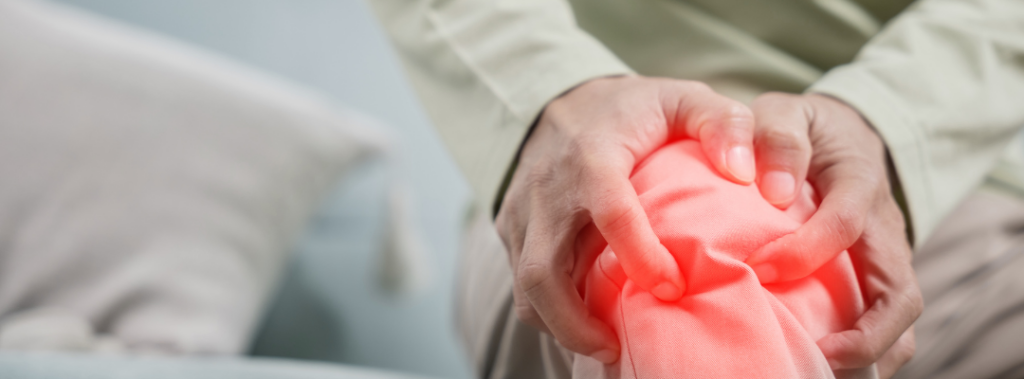Decoding Shoulder Injuries in Skiing: A Comprehensive Guide from a Shoulder Specialist
Skiing, with its breathtaking descents and challenging terrains, is a sport that captivates individuals seeking an adrenaline rush. However, the thrill of carving down snow-covered slopes comes with the inherent risk of injuries, particularly to the intricate shoulder complex. Mr Abhinav Gulihar is a dedicated shoulder specialist, his goal is to provide patients with a detailed understanding of the complexities of shoulder-related injuries in skiing, offering in-depth insights into the nature of these conditions, along with comprehensive guidance on prevention, treatment, and rehabilitation.
In this article, Mr Gulihar has provided insight about some of the most common shoulder injuries associated with skiing and what preventative measures can be put in place.
Common Shoulder Injuries in Skiing
Rotator Cuff Tears:
The rotator cuff is a group of four muscles that surround the shoulder and are responsible for shoulder function and stability. Tears can result from acute trauma during skiing, such as a forceful impact or a sudden twist of the arm. Skiers experiencing a rotator cuff tear may encounter a sharp, stabbing pain, audible popping or clicking sounds, noticeable weakness, and a considerable reduction in the shoulder’s range of motion.
Shoulder Dislocations:
Shoulder dislocations involve the humerus forcefully separating from the glenoid socket. These injuries often occur during high-velocity falls, collisions, or abrupt twists during skiing. Skiers who experience a shoulder dislocation commonly report an acute onset of intense pain, visible deformity, swelling, and a sense of instability. The most common type of dislocation is an anterior dislocation where the shoulder comes out towards the front. The dislocation needs to be reduced urgently at the local hospital. Patients should consult a shoulder specialist after return to the UK so that appropriate imaging can be performed, and timely treatment can be planned.
Acromioclavicular (AC) Joint Injuries:
The AC joint, where the collarbone meets the shoulder blade, is susceptible to injuries during skiing. Impact from falls or collisions can cause sprains or tears in the ligaments, resulting in localized pain, tenderness, and swelling and bony prominence at the top of the shoulder.
Fractures and Contusions:
High-velocity impacts during skiing can lead to fractures in various shoulder bones, including the clavicle, scapula, or humerus. Contusions or bruises may also occur, causing pain, swelling, and limited mobility.
Preventive Measures
Proper Technique:
Skiers should seek guidance from certified instructors to learn and master proper skiing techniques. This includes honing dynamic balance, weight distribution, and effective turning techniques, all of which contribute to reducing the risk of falls and shoulder injuries.
Warm-Up Exercises:
A comprehensive warm-up routine before hitting the slopes is crucial. Dynamic stretches and exercises specific to the shoulder, such as arm circles and shoulder rolls, can prepare the muscles and joints for the physical demands of skiing.
Protective Gear:
Investing in high-quality protective gear is paramount. Helmets protect the head from impact, while shoulder pads and padded jackets provide an additional layer of defense against trauma, significantly reducing the risk of injuries to the shoulder and surrounding structures.
Conclusion
Navigating shoulder injuries in the context of skiing requires a nuanced understanding of shoulder anatomy coupled with a multifaceted approach to prevention, treatment, and rehabilitation. As a committed shoulder specialist, Mr Gulihar’s aim is to empower patients with the knowledge needed to relish the thrill of skiing while minimising the risk of shoulder injuries. By prioritising safety, incorporating proper training techniques, and maintaining mindfulness of skiing practices, enthusiasts can embark on a fulfilling and injury-free skiing experience. In cases of injury, a timely and comprehensive approach to rehabilitation, guided by healthcare professionals, is essential for a successful return to the slopes.
About Mr Gulihar
Mr Abhi Gulihar is a distinguished specialist in shoulder and upper limb surgery, boasting extensive expertise in the management of sports injuries. Whilst maintaining a busy complex trauma practice at Kings College Hospital NHS Trust, Mr. Gulihar also provides private consultations at Weymouth Street Hospital, conveniently located near Harley Street in London.
Whilst using the latest techniques and evidence-based practice, Mr Gulihar puts an emphasis on patient care in his work. He has a particular interest in education and research in his field, aiding in his continual professional growth, and ultimately bettering patient comfort and outcomes
To find out more about Mr Gulihar and to book an appointment, please click here





